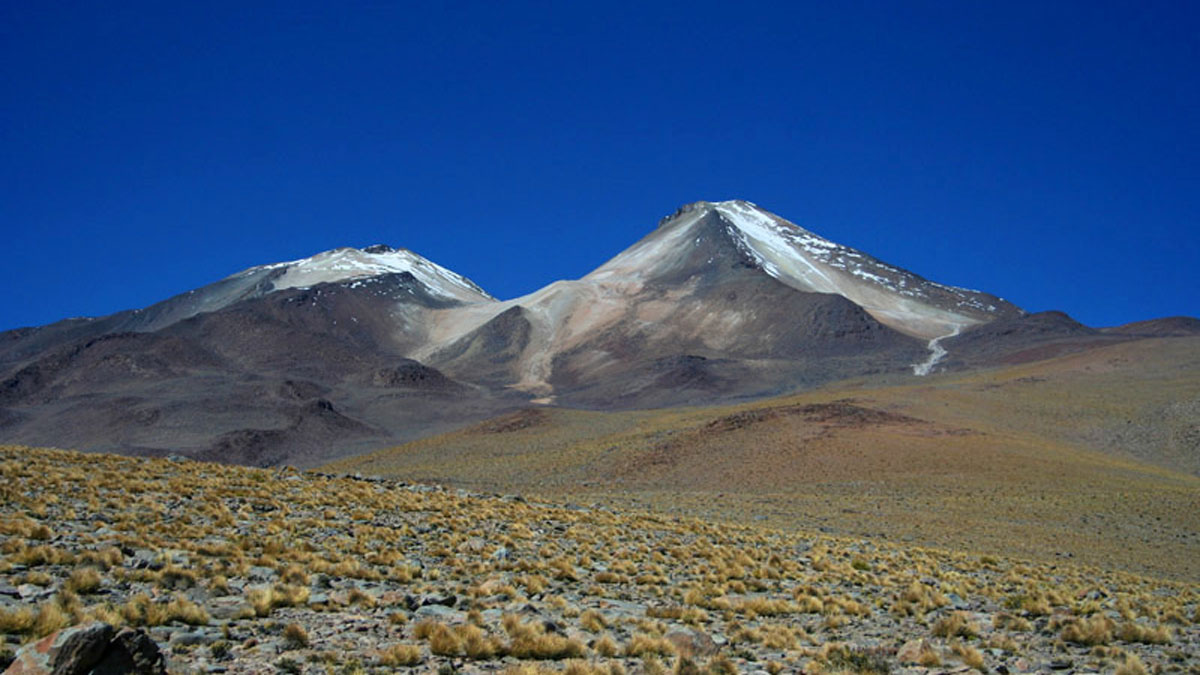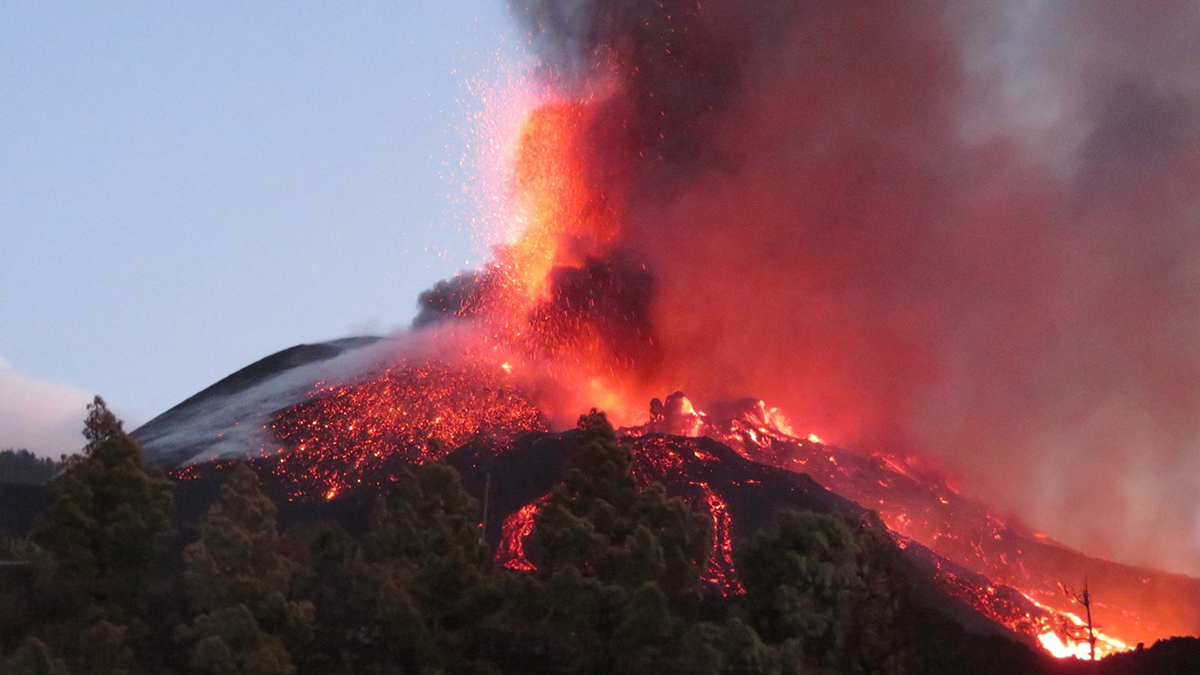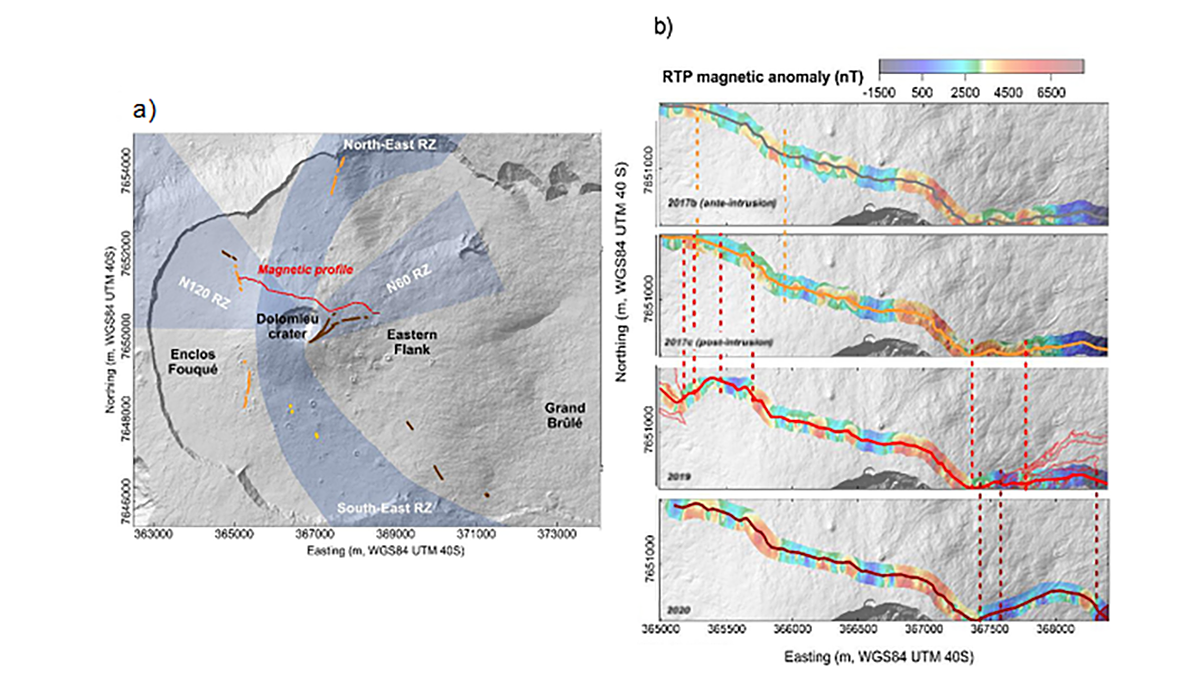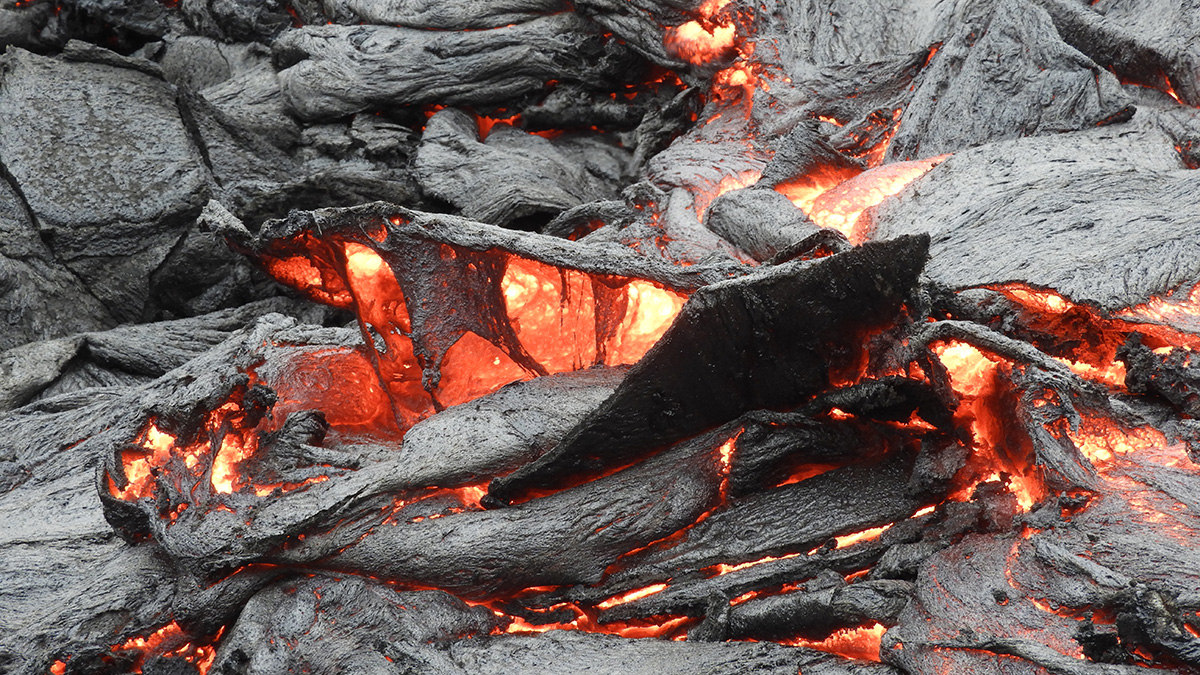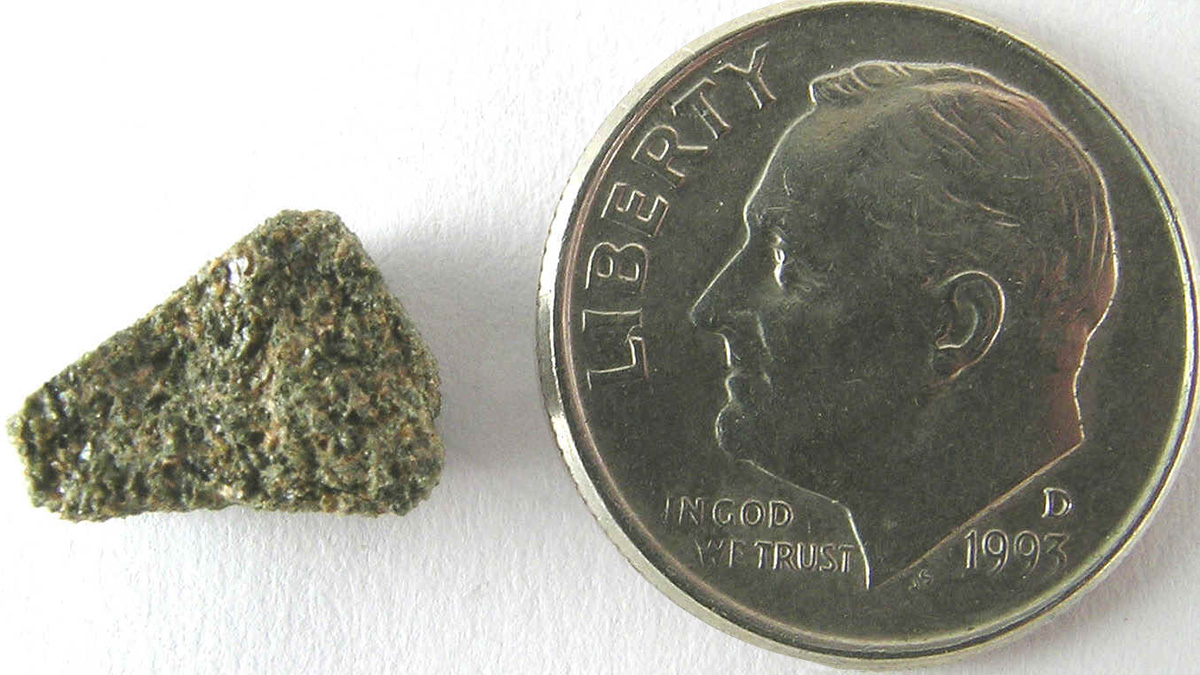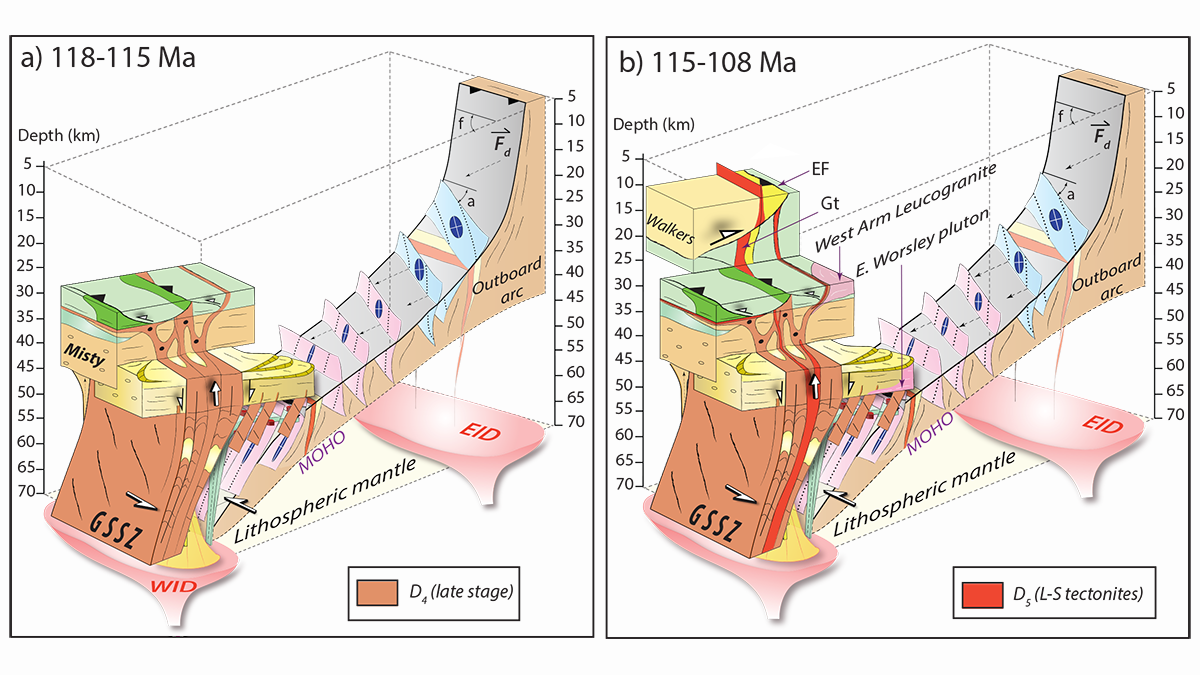Seismic tools reveal where hydrothermal fluids lie beneath the Uturuncu volcano in Bolivia and hint at their composition.
lava & magma
Quantification of Subaerial Volcanism and its Products
Researchers estimate the mass of volcanic products that erupted above sea level from 1980 to 2019 by volcanoes worldwide and the average eruptive rates of each magmatic province.
Rapid Evolution of Volcanic Systems Reflected in Magnetics
Spatiotemporal magnetic monitoring along with InSAR models is a powerful tool to image magmatic, hydrothermal, and mechanical changes within the volcanic edifice of the Piton de la Fournaise.
Crystals Track Magma Movement Beneath Iceland
Crystals from Fagradalsfjall’s eruption mark how mantle magma might have been moving years before geophysical indicators alerted scientists to unrest.
The Seven-Ages of Earth as Seen Through the Continental Lens
The 4.5-billion-year record contained in Earth’s continental crust reveals a seven-phase evolution, from an initial magma ocean to the present-day environment in which we live.
Baked Contacts Focus a Lens on Ancient Lava Flows
Two studies, conducted 40 years apart, show how combining field observations and thermal modeling can reconstruct the history of massive lava flows and how they altered the surrounding landscape.
Martian Meteorites Offer a Tantalizing Glimpse of the Red Planet
By studying these literal chunks of Mars, scientists are learning more about the Red Planet’s deep interior and impact history.
Tracing Oxidizing Slab Fluids in Cold Volcanic Arcs
Elevated copper isotope ratios in arc magmas from fluid-rich cold subduction zones support the role of oxidizing fluids from the subducted lithospheric serpentinite in the oxidization of arc magmas.
A Better Operational Lava Flow Model
By segmenting the vertical structure of a lava flow, the Lava2d model provides more realism to operational lava forecasts.
Feedbacks Between Deformation and Magmatism as Shear Zones Grow
New research reveals how the presence and absence of magmatism governs how shear zones initiate, grow, and reactivate to connect lower and upper crustal deformation.

